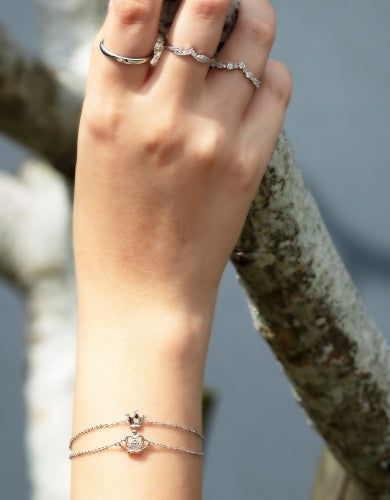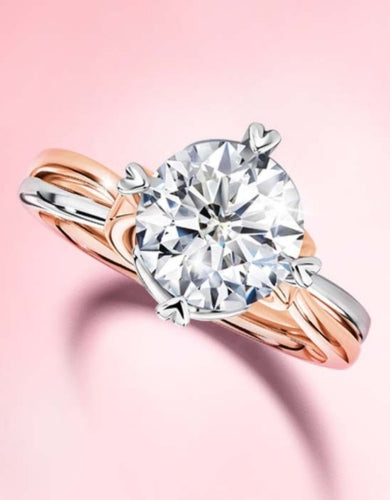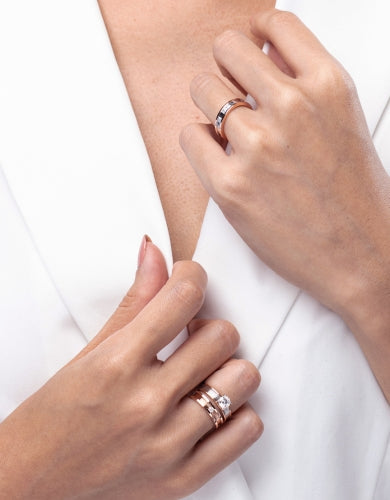How are Lab Grown Diamonds - Grown
Before we begin, it is important to note that lab grown diamonds are created by replicating the same conditions of growing a natural mined diamond under the earth in controlled environments, which in this case, the lab.
Mined Diamonds Geologists believe that diamonds are formed deep within the Earth between 1 billion to 3 billion years ago. The carbon dioxide is exposed to heat in excess of 2,200 degrees Fahrenheit and put under extreme pressure of roughly 727,000 pounds per square inch. The diamonds are then transported from deep within the Earth’s core to the surface via deep volcanic explosions.

Two Main Commercial Processes
With this in mind, there are two chemical processes that are used to grow diamonds in labs:
- High Pressure High Temperature (HPHT)
- Chemical Vapor Deposition (CVD)
High Pressure High Temperature (HPHT)
HPHT diamonds are made using one of three manufacturing processes: a belt press, the cubic press, and the split-sphere (BARS) press. All of these processes create an environment of extremely high pressure and temperature conducive to diamond growth.
The diamond’s journey starts off as a small diamond seed placed into carbon, where it gets heated to about 1500 degrees celsius. The pure carbon melts and starts to form a diamond around the starter seed. It is then carefully cooled to form a pure carbon diamond.
Chemical Vapor Deposition (CVD)
A CVD diamond starts off as a thin slice of diamond seed, which is often from an HPHT produced diamond. The diamond seed is then placed in a sealed chamber and heated to around 800 degrees Celsius.
The chamber is filled with a carbon rich-gas, like Methane. The gases are then ionized into plasma using technology similar to that of microwaves or lasers. This ionization breaks the molecular bonds in the gases, causing pure carbon to adhere to the diamond seed and slowly crystallize.

Which Process is Better?
In general, both processes are fully capable of creating gem-quality diamonds. The CVD process tends to be more controlled. With the process’s ability to eliminate nitrogen, the rough diamonds created have higher-grade colours and are usually Type IIA pure diamonds. Thus, CVD appears to be the preferred choice and process for many manufacturers.















